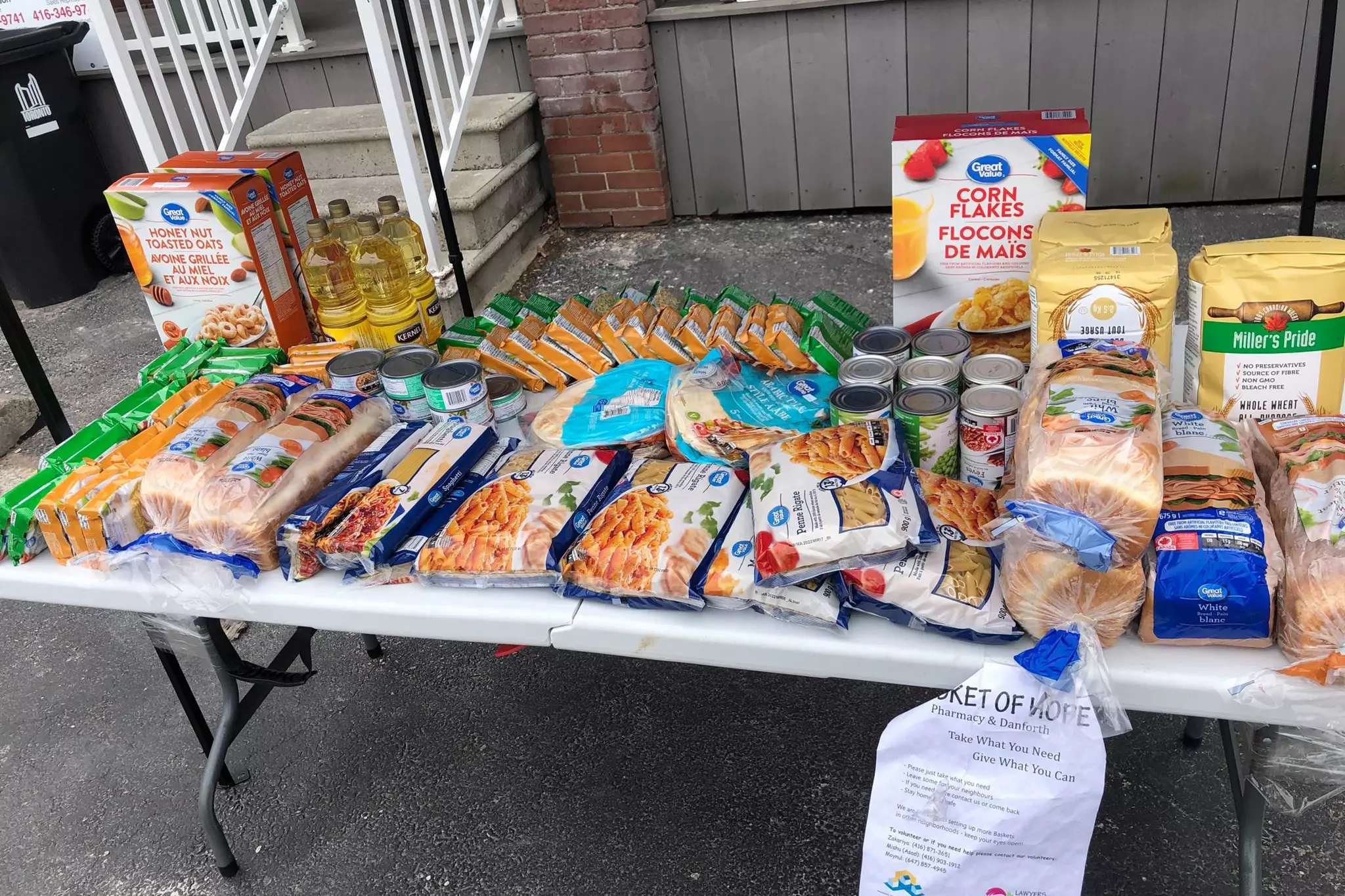These are the government programs that help Americans get free food or food subsidies. See more below.
Related ads
The Supplemental Nutrition Assistance Program (SNAP) is a vital federal assistance program in the United States designed to combat hunger and promote access to nutritious food for low-income individuals and families. Administered by the United States Department of Agriculture (USDA), SNAP provides eligible participants with electronic benefit transfer (EBT) cards, ensuring they can purchase essential food items at authorized retailers. This article will explore the eligibility criteria, benefits received, and the application process for SNAP, highlighting its importance in addressing food insecurity.
Eligibility Criteria
To qualify for SNAP benefits, individuals and families must meet specific criteria. The primary factors considered include household income, size, and resources. Generally, households with gross incomes at or below 130% of the federal poverty level (FPL) are eligible, while those with incomes at or below 100% of the FPL receive the maximum benefits. Additionally, specific deductions, such as housing and dependent care expenses, are considered to determine the net income.
Furthermore, resource limits also apply. Most households must have resources below $2,250, while households with an elderly or disabled member can possess resources up to $3,500. Resources include bank accounts, vehicles, and other assets. It’s important to note that eligibility requirements can vary by state, so it’s recommended to consult local SNAP offices or online resources for accurate information.
Benefits Received
SNAP benefits provide crucial support to eligible individuals and families, ensuring they can access a nutritious diet. The amount of assistance received is based on the household’s net income and size. On average, SNAP benefits amount to approximately $195 per person per month, helping recipients afford a range of essential food items. These benefits can reach a maximum of $281 per person per month and for a family of 4 can be worth up to $939 per month.
SNAP benefits are intended to supplement a household’s food budget, allowing them to purchase items such as fruits, vegetables, dairy products, meat, fish, poultry, bread, and grains. Non-alcoholic beverages and seeds or plants that produce food for personal consumption are also eligible. Conversely, SNAP benefits cannot be used to purchase items like alcohol, tobacco, hot prepared meals, vitamins, or non-food items such as cleaning products and pet food.
Related ads
Where Can You Use These Benefits?
The Supplemental Nutrition Assistance Program (SNAP) benefits can be used at most grocery stores and supermarkets in the United States. SNAP benefits are typically accepted at major chains like Walmart, Kroger, Target, Safeway, Albertsons, Publix, and many others. However, it’s important to note that policies and participating stores may vary, so it’s always a good idea to check with your local grocery store to confirm their acceptance of SNAP benefits. Additionally, some farmers’ markets and online grocery retailers also participate in SNAP, providing more options for beneficiaries to purchase eligible food items. It’s recommended to visit the official SNAP website or contact your state’s SNAP agency for the most up-to-date information on authorized retailers in your area.
Application Process
Applying for SNAP benefits is a straightforward process, and there are multiple ways to initiate an application.
Online: Many states offer online applications, which can be accessed through the official SNAP website or the state’s Department of Social Services website. The online application allows applicants to complete and submit their information conveniently.
In-Person: Applicants can visit their local SNAP office or social services agency to obtain and submit a paper application. Staff members are available to provide guidance and answer questions during the application process.
By Phone: In some states, individuals can apply for SNAP benefits over the phone by calling the SNAP hotline. Trained representatives will guide applicants through the necessary steps and collect the required information.
During the application process, applicants will be required to provide personal information, such as their name, address, household size, income, and expenses. Additionally, they may need to provide documentation to support the information provided, such as pay stubs, rent receipts, and utility bills.
Conclusion
The Supplemental Nutrition Assistance Program (SNAP) plays a crucial role in addressing food insecurity and improving the well-being of low-income individuals and families across the United States. By providing eligible participants with electronic benefit transfer (EBT) cards, SNAP ensures access to essential food items, promoting adequate nutrition and a healthier lifestyle.
Understanding the eligibility criteria, which consider factors like income, household size, and resources, is essential for potential applicants. Additionally, being aware of the benefits received, which supplement a household’s food budget, enables participants to make informed choices when purchasing nutritious food.
Related ads

